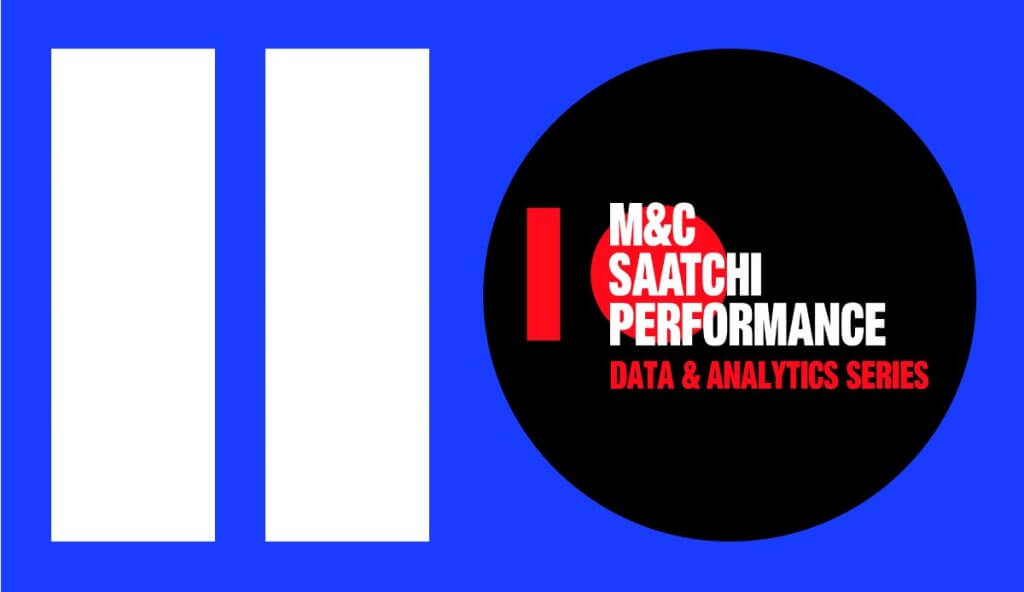Cookie Deprecation, What Happens Now?

What does the rollback from Google mean for marketers?
On July 22nd of this year, Google announced it would not be deprecating cookies, as initially planned. If you were surprised by this turnaround, you were not alone. The news sent shockwaves through the ad tech industry. A few weeks after the announcement Dane Buchanan, Chief Data and Analytics Officer met with Adam Landis, Head of Growth at Branch, to discuss what this cookie deprecation about-turn means for marketers. Below is a summary of the conversation.
Background to the Google cookie deprecation rollback
In 2019, Google announced the deprecation of cookies and, shortly after that, launched Google Privacy Sandbox, the framework that would provide measurement and targeting without cookies. Two years later, Google announced the deprecation of Google Advertising Identifier (GAID), which is the deprecation of tracking with deterministic identifiers on mobile. This came after Apple announced App Tracking Transparency in 2020, which landed in 2021 and ensures iOS users have to opt into tracking when using apps.
The point of Google Privacy Sandbox is to create a framework for targeting and measurement, but it has had limited traction in adoption from advertisers. In addition, the Competition and Markets Authority in the UK is reviewing the framework for competition concerns. The CMA plans to make a decision on whether to accept any changes to Google’s commitments in Q4 2024. Then, in July of this year, Google announced that it would not deprecate cookies after all but instead allow users to make an “informed” choice.
What does the Google deprecation rollback mean for marketers?
“We must remember that the only concrete information we have is basically 400 words from Google. It seems clear that consumers will be given a choice, but we’re not yet certain what this will look like. Consumers could be opted out by default and then be asked to opt back in, or it could be similar to the ATT prompt we see on iOS devices.
The critical thing to note is that consumers will be given a choice. Based on Apple’s ATT, where c. 80% of users have opted out (the number can vary based on source), and a similar trend could happen with Google. So this “informed choice” will essentially be cookie deprecation, under a different guise.” Dane Buchanan, Chief Data & Analytics Officer, M&C Saatchi Performance.
Will IP Addresses be impacted?
Another key point in Google’s announcement was the mention of ‘IP Protection,’ which could significantly impact advertising in the future. Apple has already taken steps to block IP addresses via Private Relay, and it’s possible Google will follow suit. Therefore, advertisers should not rely on IP addresses as a core part of the measurement stack, as they may not always be available. Instead, adopting privacy-proofed frameworks like Google Privacy Sandbox and Media Mix Modeling (MMM) is more reliable for future-proofing your media measurement.
What should marketers do to prepare for further unexpected changes?
1. Future-proof your measurement.
We still believe that Google will keep its promise of protecting consumers’ privacy and providing some sort of prompt or choice for consumers. Therefore, advertisers must protect themselves and ensure they have a way to measure media impact regardless of what changes tech companies make. Marketers must be able to plan and optimize their budgets and take a scientific, data-led approach to media planning and buying, which cannot happen without robust measurement.
2. Invest in building Media Mix Models
MMM is vital to a well-structured measurement framework. Why? It doesn’t rely on user-level data; all it needs is aggregated data. Therefore, regardless of the privacy changes that tech companies like Apple or Google might make, MMM will still enable measurement. Privacy Sandbox and SKAdNetwork will continue evolving and should be implemented, but MMM will remain the foundation of your measurement framework.
3. First-party data and data collection
First-party data is a valuable asset that must be collected and managed wisely. The key is to collect data that helps you run your business more effectively. Advertisers must know what data to collect, why they’re collecting it, and how to manage it correctly. For example, understanding your consumers likes, dislikes, and how they want to be engaged with gives you a better understanding of your current consumers and improves targeting for future media campaigns.
What is next for Google Ad Identifier (GAID)?
“Sandbox API for web and mobile is essentially the same, and this could be the beginning of the combined measurement of web and mobile app. Google Privacy Sandbox will probably do that, which means it will gain the traction it needs with web and mobile measurement merging into one, overcoming the holy grail of multi-touch attribution.”
Adam Landis, Head of Growth, Branch
In Summary
“If you don’t build up your measurement framework to future-proof it, you will be caught off guard soon. Don’t stop developing a measurement framework just because Google announced the rollback of cookie deprecation. Keep investing in new measurement approaches like lift testing and MMM, and continue collaborating with your MMP.”
Dane Buchanan, Chief Data & Analytics Officer, M&C Saatchi Performance
Further Reading & Resources
Blogs:
- Future-Proofing Measurement: Marketing Opportunities
- Future-Proofing Measurement: Preparing for a Signal Loss
- Future-Proofing Measurement: Three steps to prepare for signal loss
- Future-Proofing Measurement: Media Mix Model Myth Busting
Future Proofing Measurement Video series:
- What is the Measurement Trifecta?
- How Attribution fits into a Measurement Framework
- What is Incrementality Testing
- Attribution & Incrementality Testing, what is the difference?
- The Importance of Media Mix Modeling
- The Importance of a Unified Measurement Framework
- Key Measurement Takeaways
Downloadable Materials:

